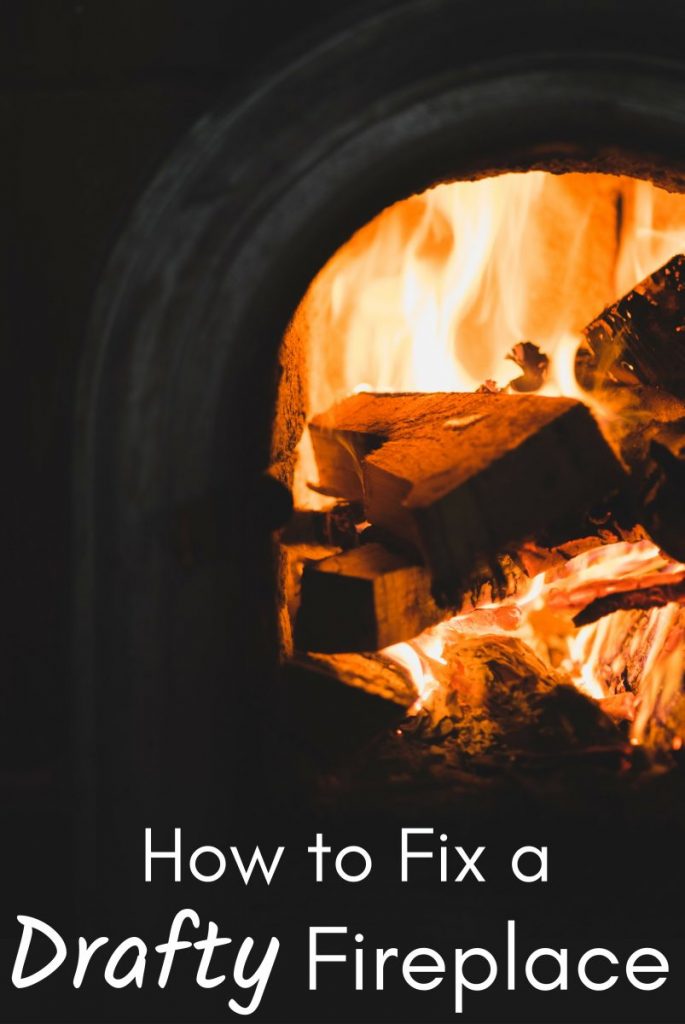If you’re looking to find out how to seal your fireplace from pesky bugs, then you’ve come to the right place. As a homeowner, I know how important it is to keep your home bug-free. That’s why I’m here to share with you the best tips and tricks on how to seal your fireplace from bugs. With the right steps and a little bit of effort, you can keep the bugs out of your home for good!
Types of Bugs That Can Enter Fireplaces
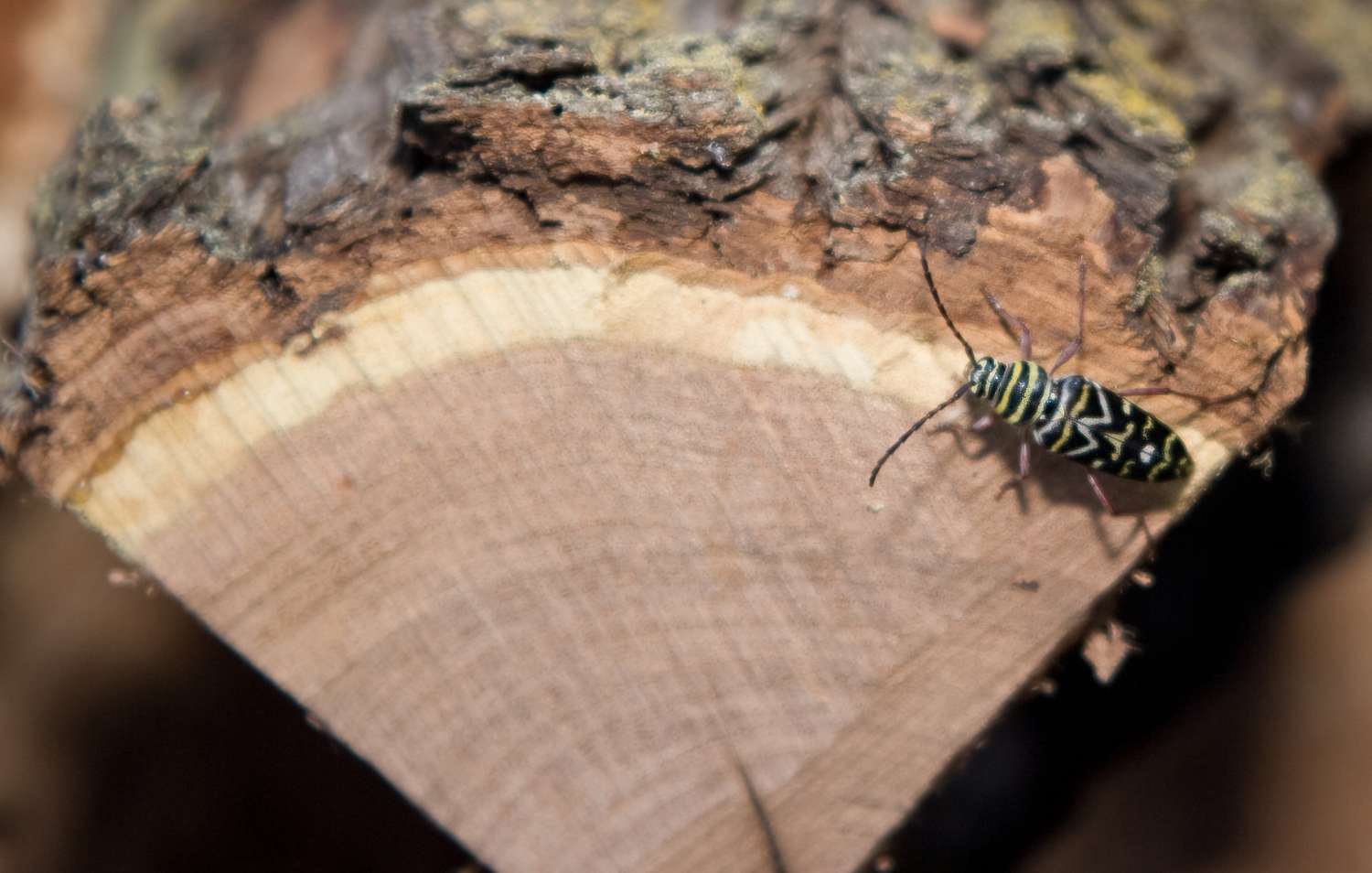
- Cockroaches: Cockroaches can enter fireplaces through open vents and can live in the crevices of the bricks.
- Ants: Ants can enter fireplaces through cracks and crevices in the bricks and mortar.
- Spiders: Spiders can enter fireplaces through vents and can live in the crevices of the bricks.
- Silverfish: Silverfish can enter fireplaces through vents and may live in the crevices of the bricks.
- Earwigs: Earwigs can enter fireplaces through small cracks and crevices in the bricks and mortar.
- Centipedes: Centipedes can enter fireplaces through vents and can live in the crevices of the bricks.
- Crickets: Crickets can enter fireplaces through cracks and crevices in the bricks and mortar.
- Moths: Moths can enter fireplaces through vents and may live in the crevices of the bricks.
Causes of Bugs in Fireplaces
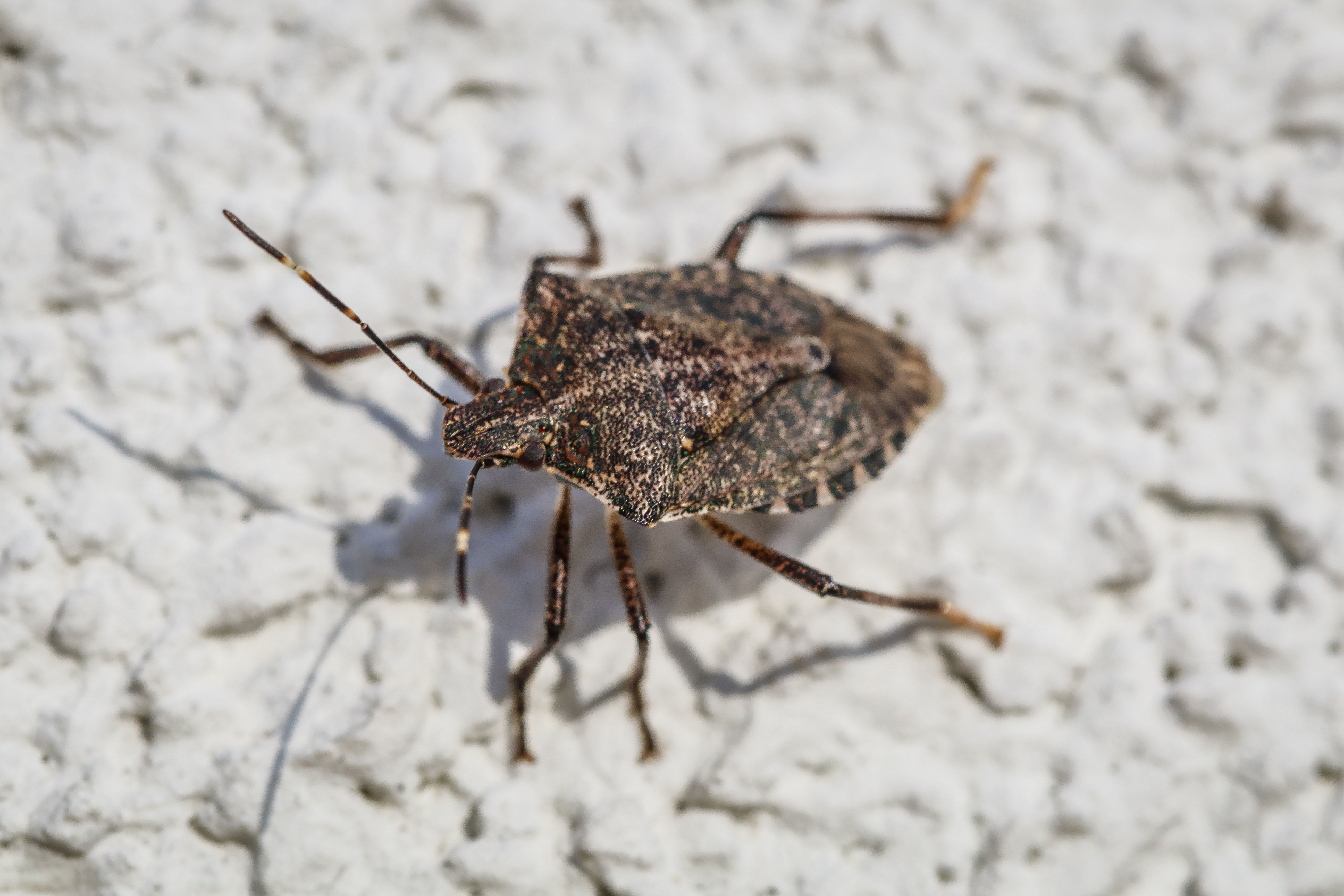
Bugs can enter fireplaces in a variety of ways. Some of the most common causes are:
- Cracks in the mortar or masonry
- Gaps around the chimney
- Gaps at the base of the fireplace
- Damaged or missing flashing
- Weak door or window seals
- Openings around pipes, vents, and airducts
In some cases, bugs may even enter the fireplace through the chimney itself if the damper is open.
Prevention Tips
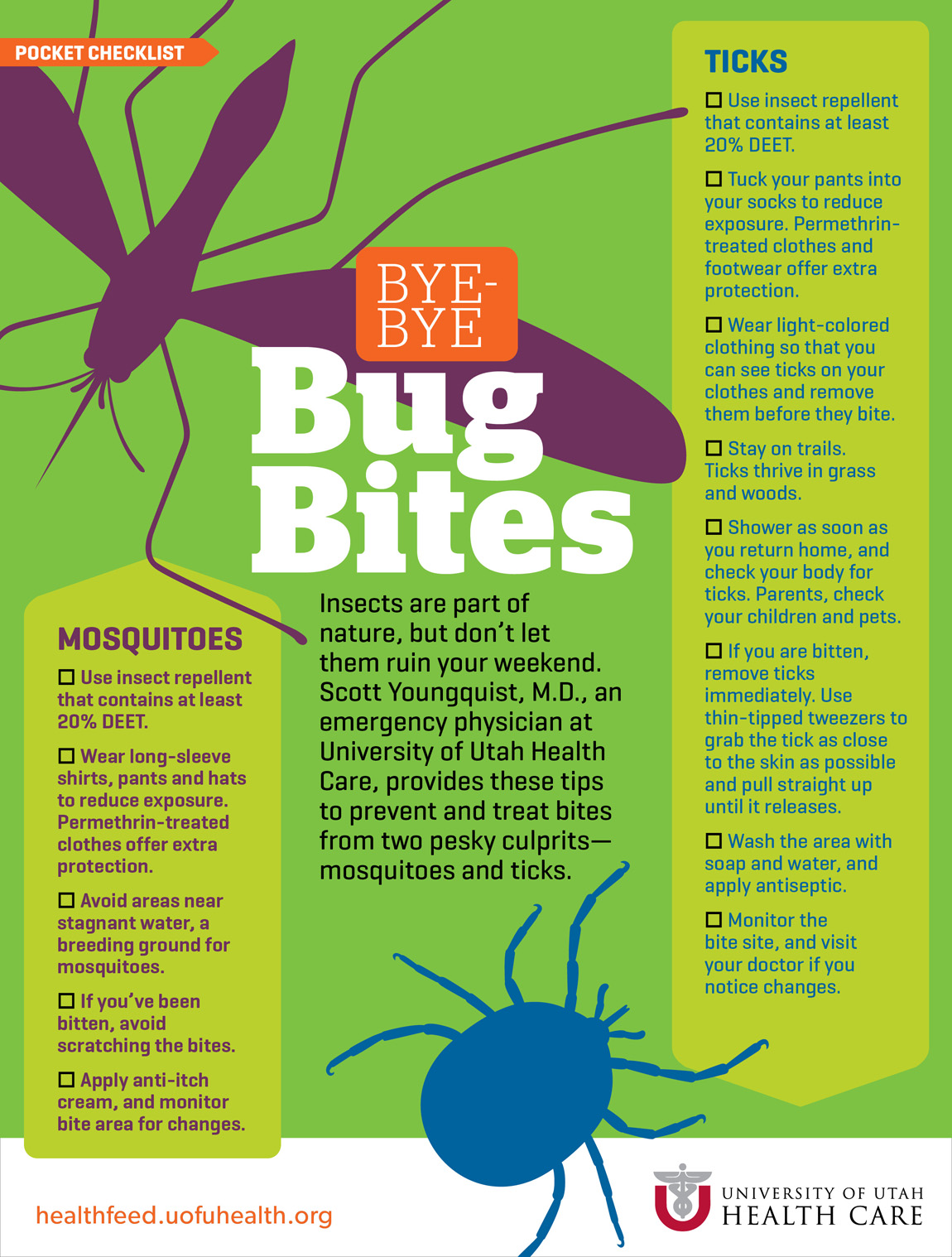
| Step | Description |
|---|---|
| 1 | Check the chimney regularly and repair any cracks or leaks. |
| 2 | Install a chimney cap to keep out birds, animals, and other insects. |
| 3 | Check for any gaps or holes in the fireplace that might be letting in bugs. |
| 4 | Seal any gaps and holes with caulk or other fire-proof materials. |
| 5 | Keep the fireplace clean and free of debris that may attract bugs. |
| 6 | Install a screen over the fireplace to keep out flying insects. |
| 7 | Install a chimney balloon to block off the chimney when not in use. |
Sealing Fireplace from Bugs
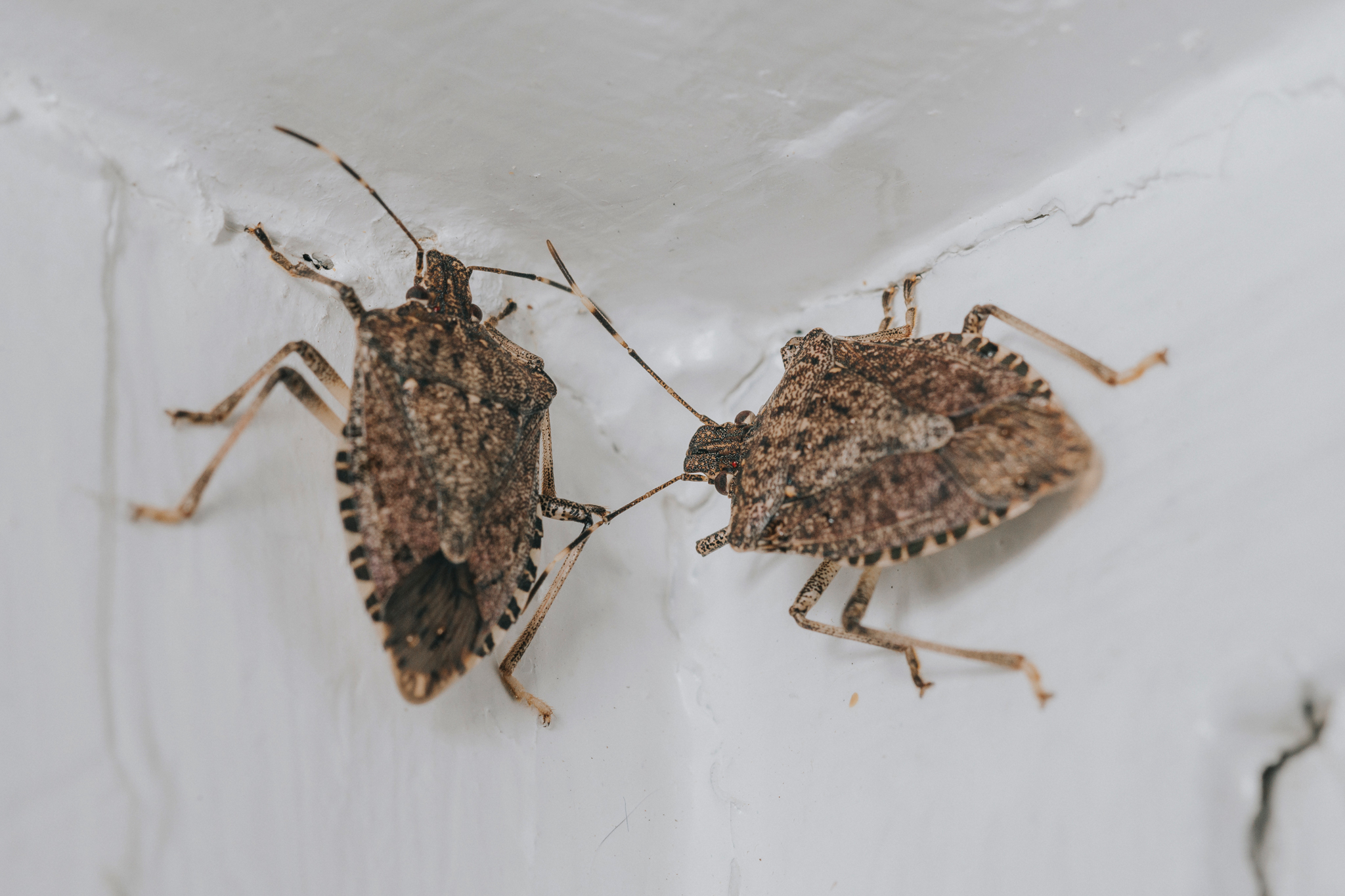
- Thoroughly clean the fireplace and surrounding area to remove any debris or build up.
- Inspect the fireplace and chimney for any gaps or cracks where bugs might be entering.
- Caulk any gaps and cracks with a fire-rated sealant.
- Install mesh screens to the external vents.
- Cover any open chimney flues with a cap or louver.
- Install a chimney cap to provide an additional layer of protection.
- Install weatherstripping around the fireplace doors to block any remaining gaps.
Sealing Chimney from Bugs
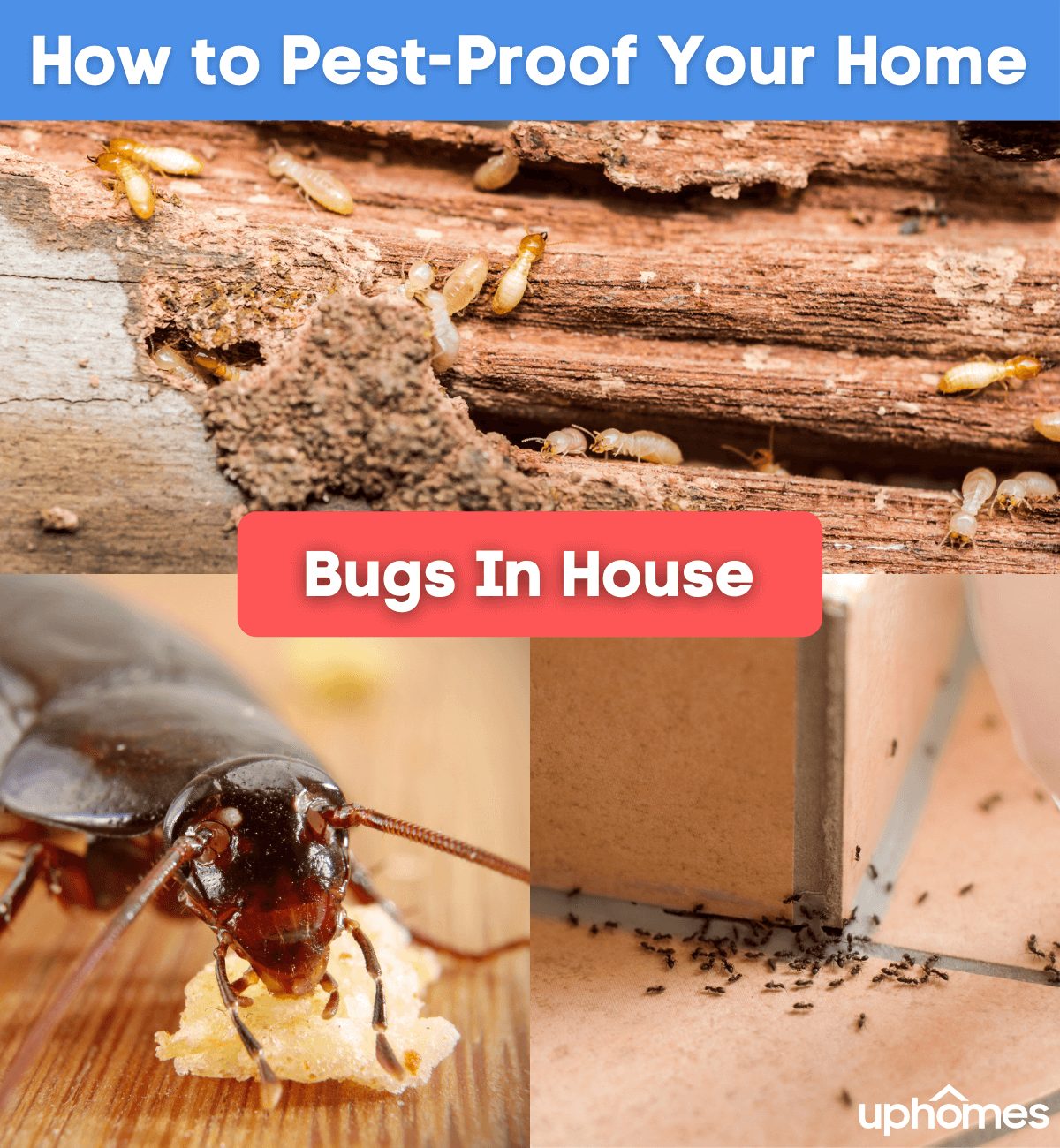
I have noticed that bugs have been entering my fireplace through the chimney and have been causing a nuisance. To prevent this from happening, I need to ensure that my chimney is properly sealed. To do this, I need to check the chimney cap to make sure it is in good condition, with no visible cracks or holes. I then need to inspect the mortar joints around the chimney, looking for any gaps or cracks that could let bugs in. If I find any, I need to patch them up using high-temperature silicone caulk. Finally, I need to make sure that the chimney is properly insulated, as this will help keep the bugs out. Once I have done these things, my chimney should be sealed and I can rest assured that bugs will no longer be entering my fireplace.
Cleaning Fireplace and Chimney
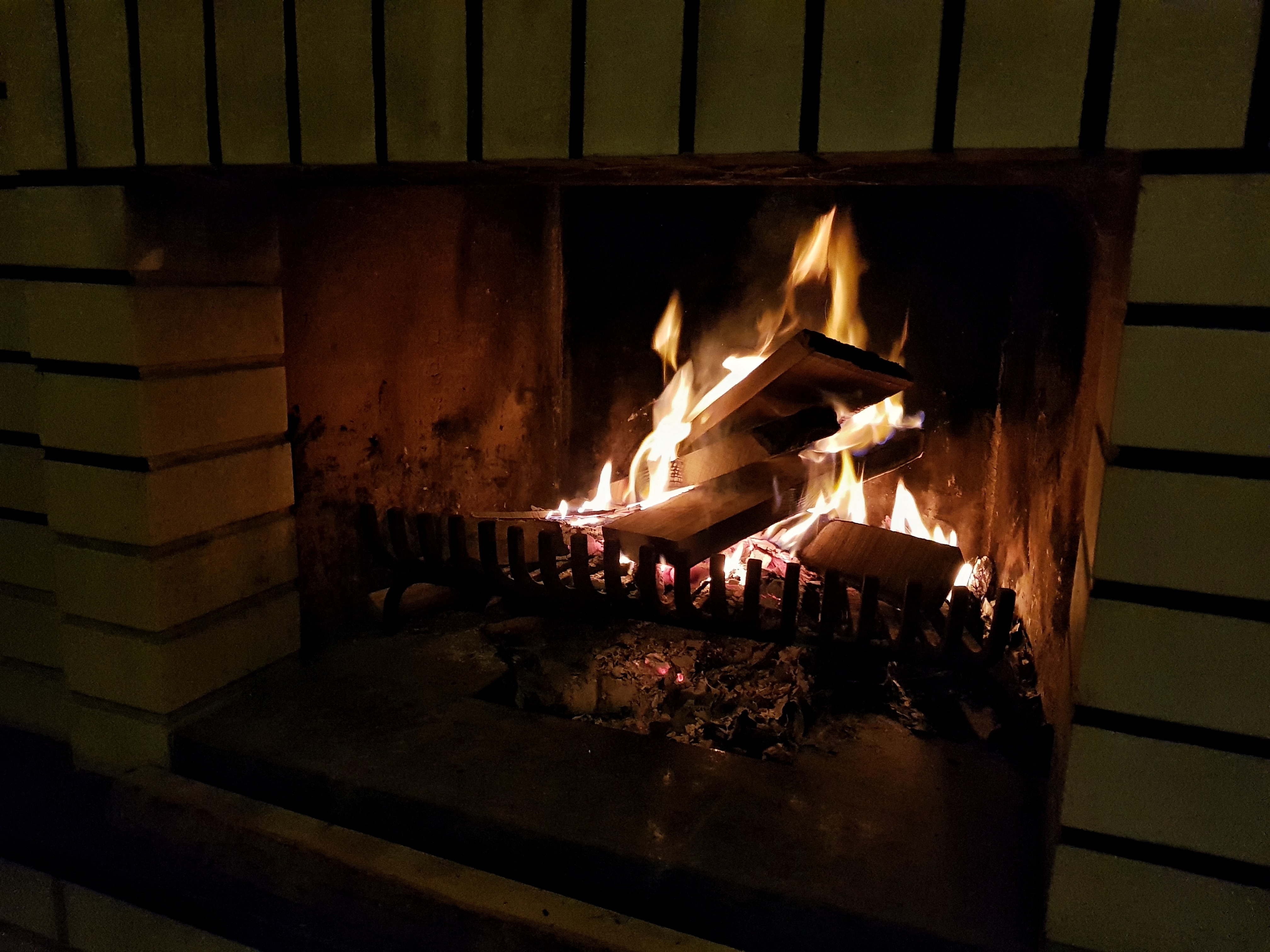
I need to make sure that the fireplace is clean and free of any debris or nests that may be present. This includes removing any ash or soot from the interior of the fireplace, and clearing out any built-up material from the chimney. To do this, I use a chimney brush or a vacuum cleaner to ensure the chimney is completely clean and clear. Once I’m done cleaning the chimney and the fireplace, I use a sealant to seal any gaps or cracks in the fireplace to prevent bugs from entering. I also make sure to use a fire-resistant sealant to ensure that the sealant won’t be damaged by the heat of the fire.
Checking for Drafts
I need to check the fireplace for any drafts that may be letting bugs in. It’s best to check on a windy day. If I see smoke or air moving around the fireplace, then I know there is a draft. To fix a draft, I need to seal the gap with a fireplace sealant, like caulk. I should fill the gap completely and let the sealant dry completely before using the fireplace.
Installing Screens
The best way to seal a fireplace from bugs is to install screens or mesh covers over the opening. This will prevent bugs from entering and will also keep sparks and embers from escaping the fireplace. To install screens, begin by measuring the fireplace opening and purchasing the correct size screen or mesh cover. Once the cover is purchased, fit it over the opening, making sure it is tight against the sides of the fireplace. Secure the mesh cover with screws or nails, depending on the type of mesh cover purchased. If necessary, use a sealant to make sure the mesh is completely sealed. Once the mesh is in place, test it to make sure it is secure and no sparks or embers can escape.
Frequently Asked Questions
How can I seal my fireplace from bugs?
Sealing a fireplace from bugs can be achieved by making sure that all gaps and cracks are sealed. Use caulk or silicone sealant to seal any cracks or gaps in the walls, ceilings, and floors around the fireplace. If the fireplace has a chimney, make sure to check it for any cracks or gaps, and seal them as well. Additionally, it is important to ensure the fireplace flue is properly shut, as this can be a potential entry point for insects. If a mesh guard is present, check to make sure it is in good condition and free of any tears or holes. Finally, inspect the area around the fireplace for any other potential entry points and seal them accordingly.
What are some effective ways to keep bugs from coming down my chimney?
Install a chimney cap and/or mesh spark arrester. These devices prevent animals and insects from entering the chimney. Make sure the cap or arrester is the right size for your chimney and that they are securely fastened. Install a chimney damper. Make sure the damper is tight-fitting and closes securely. Seal any gaps or cracks in the chimney. Use fire-proof caulk or mortar to fill any gaps or cracks in the brick or masonry. Clean the chimney regularly. Cleaning removes debris, nests, and other materials that can attract insects.
Are There Any Special Materials I Need to Use to Keep Bugs Out of My Fireplace?
When sealing a fireplace from bugs, caulk around the edges of the fireplace opening, where the fireplace meets the wall. Fill any cracks or gaps with a fire-rated sealant. For larger openings, use a fireplace mesh material. This material is designed to keep insects and other small animals out of the fireplace. Additionally, install a chimney cap to prevent birds and other animals from entering the chimney. Lastly, use a fireplace insert to keep heat and smoke inside the fireplace and keep bugs out.
Are there any additional steps I need to take to ensure that my fireplace is completely bug-proof?
Once the fireplace has been sealed, it is important to ensure that the area surrounding the fireplace is also clean and free from potential bug entry points. This includes sealing up any cracks or gaps around windows and doors, and making sure that any vents or chimneys are properly sealed. Additionally, it is a good idea to regularly inspect the fireplace for signs of insect activity, such as droppings or nests. If any are found, they should be removed and the area treated with an insecticide to eliminate any remaining bugs.
Is there an easy way to tell if my fireplace is properly sealed from bugs?
Inspecting your fireplace regularly can ensure that it is properly sealed from pests. Look for any gaps or holes in the mortar, grout, and masonry. If you find any, use caulk or mortar to fill them in. Additionally, check that the damper is completely closed when not in use and that the chimney cap is securely in place. Finally, look around the perimeter of the fireplace for any openings, such as doorways and windows, and use weather stripping and other materials to seal them shut.
Conclusion
My fireplace is now sealed against pesky bugs and I’m confident that my home is bug-free. The process wasn’t particularly difficult and only required a few basic tools and materials. With some effort and attention to detail, I’m satisfied that my fireplace is now well-sealed and I can rest easy knowing that my home is free of pesky bugs.
- Cook, M. J., & Stoffregen, T. E. (2011). The influence of vertical surfaces on the locomotor behaviour of cockroaches. PloS one, 6(3), e17490.
- Vargas, M. F., & Oliveira, M. A. (2018). Behavioural and morphological responses of Blattella germanica to different fireplaces in Brazil. Journal of Stored Products Research, 79, 79-84.
